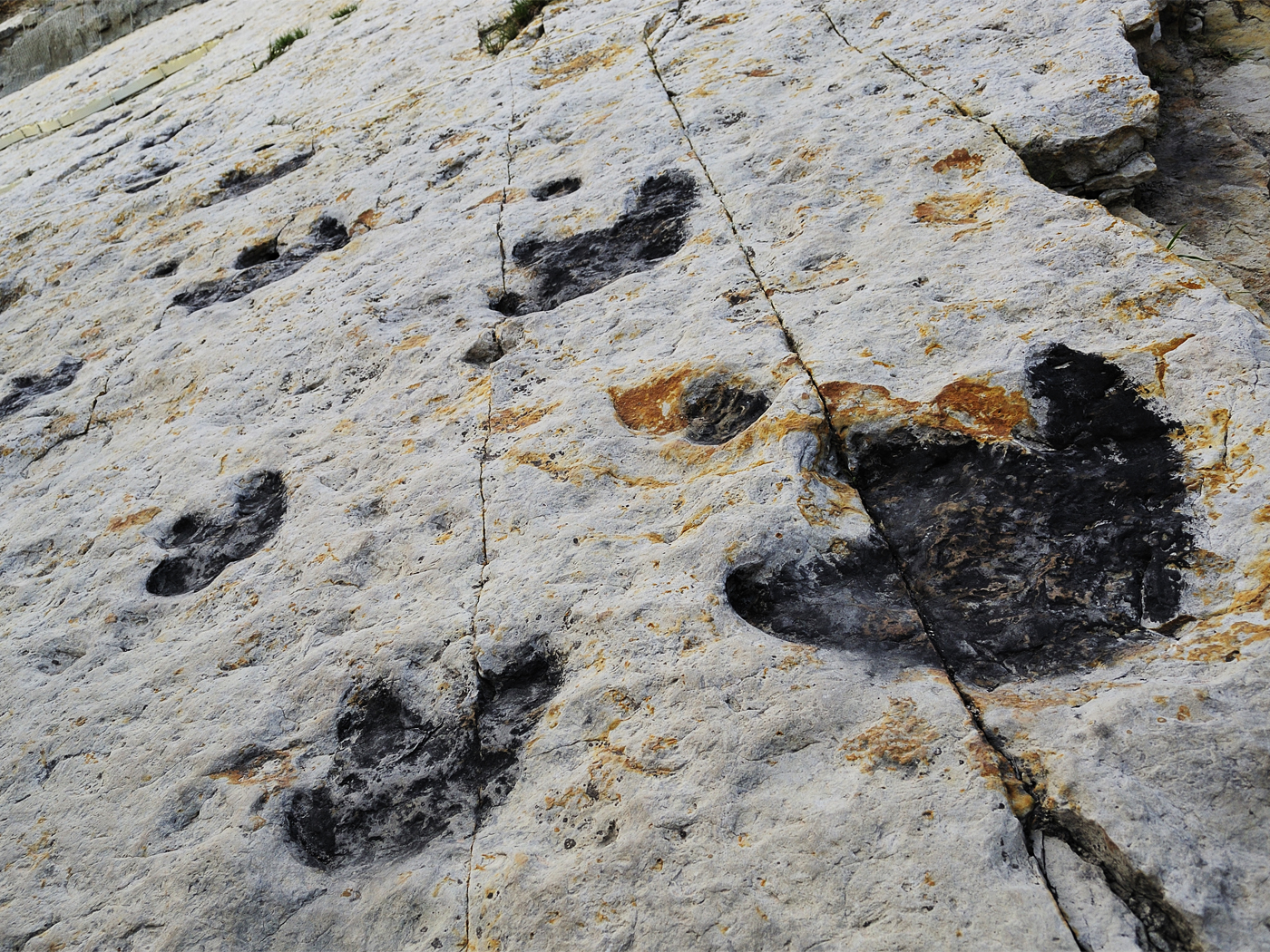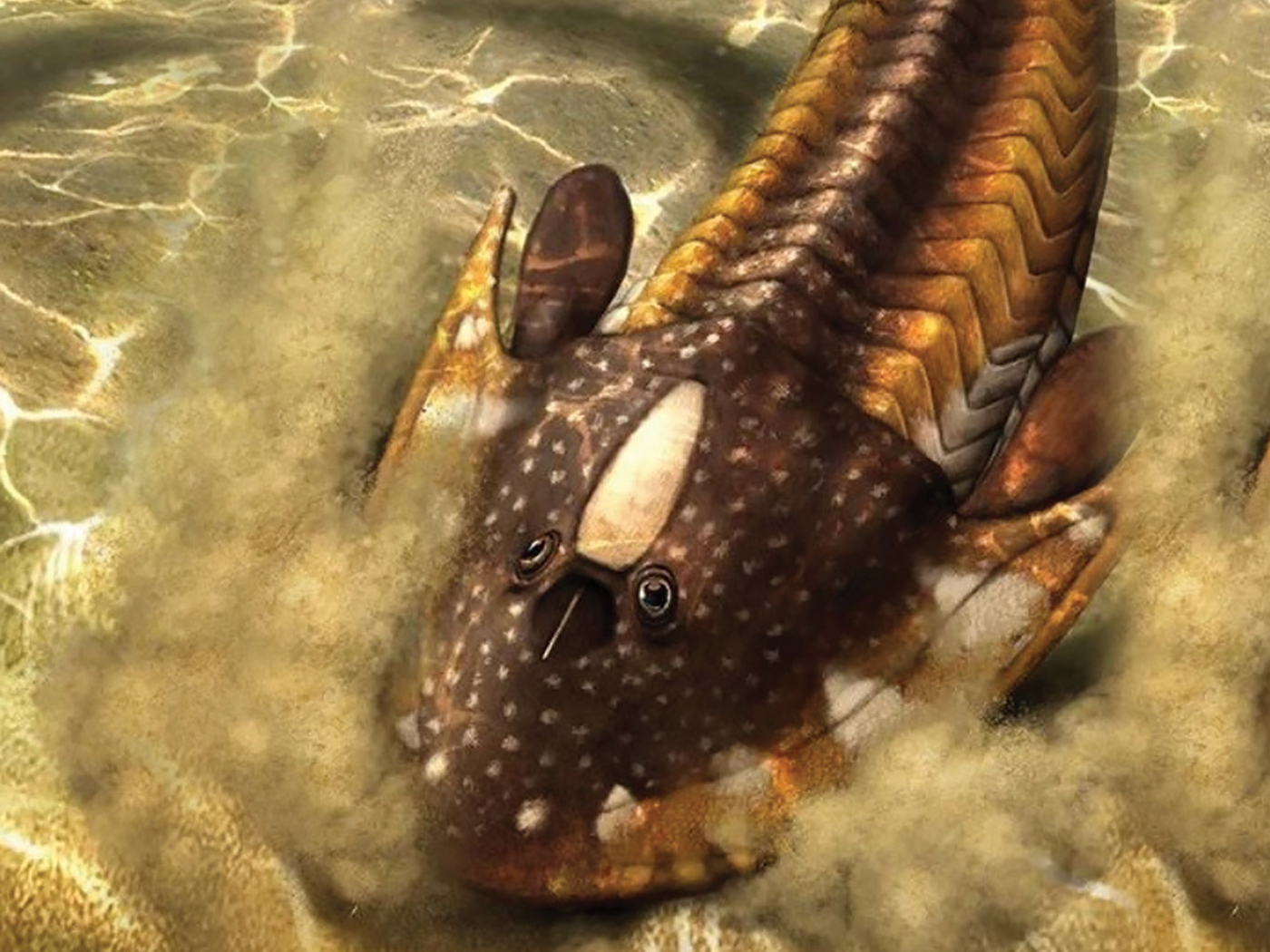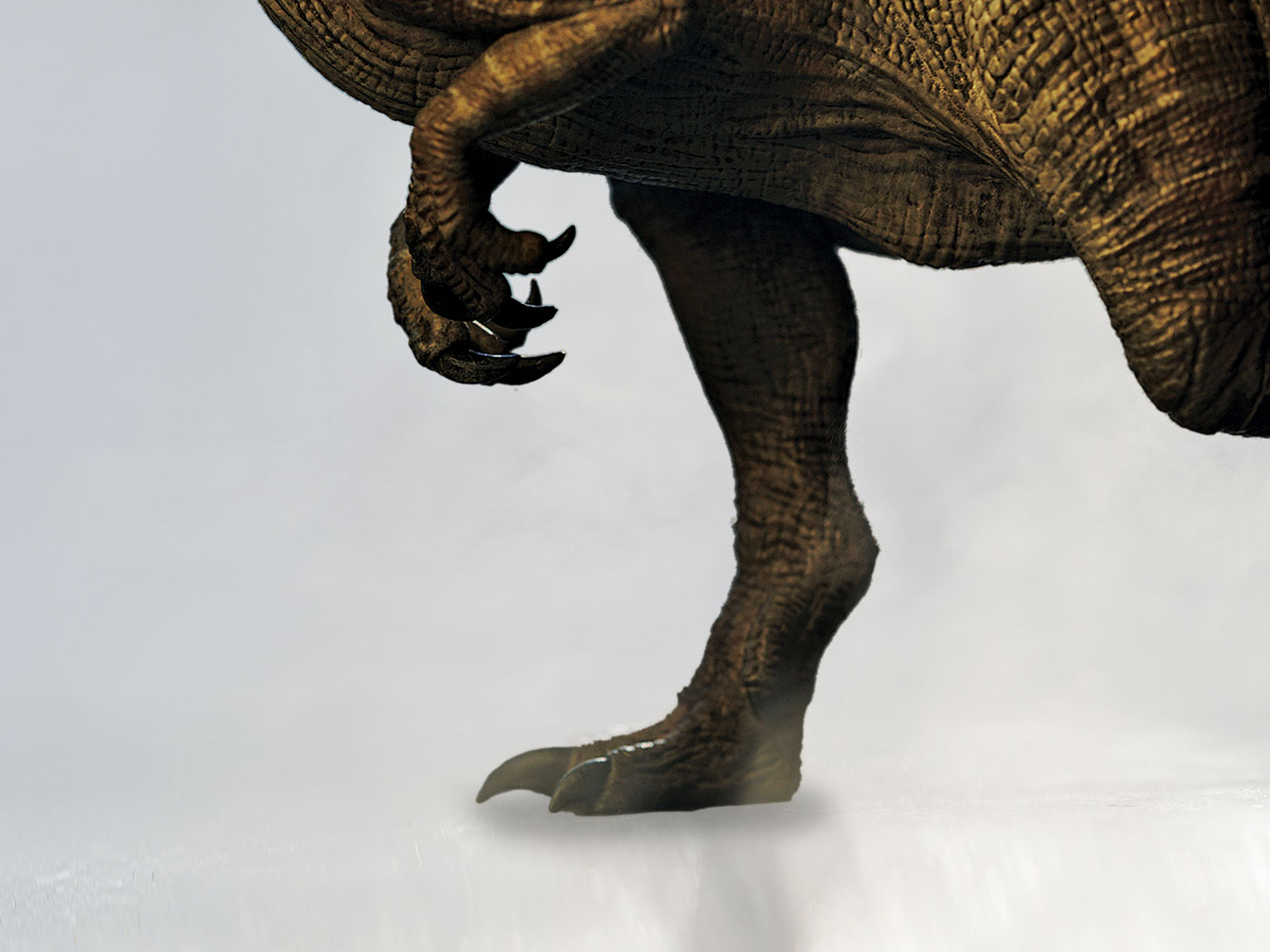In their recent examination of a new two-legged dinosaur discovered in New Mexico, evolutionary paleontologists were looking for new clues to untangle their conflicting theories of dinosaur origins. But instead of providing answers, the new dinosaur has joined a growing list of fossil finds that don’t fit an evolutionary picture.
A study was recently published in the journal Science on the new theropod dinosaur,1 which was named Tawa hallae after the Hopi Indian name for the sun god, “Tawa.” The Tawa discovery included remains from about five different individuals in the fossil-rich quarry at Ghost Ranch in northern New Mexico, where Hopi and other Pueblo Indians used to live. The quarry penetrates Upper Triassic sediments that were formed, according to study co-author Randy Irmis, when fishes, crocodile-like animals, and dinosaurs were “swept into the river channel during flooding episodes.”2
As is common with reconstructions of evolutionary history, determining which of the various dinosaur forms are related and when and how they merged, emerged, or diverged has been a frustrating challenge for evolutionary researchers. Nevertheless, the authors began the Science paper optimistically by stating, “Characterization of this taxon’s morphology and phylogenetic history enables us to solidify basal saurischian dinosaur relationships.”1 In other words, Tawa hallae’s characteristics supposedly bring clarity to the previously confusing web of dinosaurs’ evolutionary connections.
However, after a lengthy discussion of the implications of the Tawa finds, the researchers concluded, “Explaining these patterns remains an outstanding problem in early dinosaur evolution.”1 One pattern that is difficult to explain is the lack of transitional features in Tawa, which renders its placement into the dinosaur evolutionary tree very subjective.
Instead of possessing a collection of traits that lie somewhere along a graded continuum from one dinosaur kind to another, as Darwinism predicts, the scientists found that Tawa was “a mosaic of plesiomorphic and derived features.”1 That is, it shared similar features with theropod dinosaurs like T. rex, but it also had other features found in very different dinosaur kinds. In fact, several of Tawa’s features were described as “synapomorphies.” These are features that evolutionists think leapfrogged from an evolutionary ancestor over its more direct descendants, only to suddenly and inexplicably reappear in much later descendants.
But this apparently random distribution of features across supposedly related and unrelated forms does not fit into a gradualistic Darwinian tree of life.3 If Darwinism is an accurate model, then a gradual transition between kinds should be observed, with certain features showing methodical modifications in a continuous succession.
If the major evolutionary tenet that life evolved by one kind morphing into another kind is an incorrect teaching, then it would appear that the researchers’ use of the term “synapomorphy” is merely a handy way to bestow evolutionary approval on evidence that actually contradicts it.
Interestingly, earlier this year, the technical description given for the highly publicized fossil lemur nicknamed “Ida” also led to the conclusion that its collection of features as a “mosaic.”4 Not long after, UK researchers described a newly discovered flying reptile fossil as a “mosaic.”5 They even noted that most creatures look like mosaics of fully formed features, and that this fact was difficult to reconcile with traditional notions of how evolution supposedly works.
Tawa, therefore, adds its name to a growing list of fossilized creatures that show no indication of gradual, broad-scale evolution. In fact, the latest find was depicted in Science as an evolutionary dead-end, with uncertain ancestors and no descendants. Tawa, along with so many other creatures, displays all the signs of purposeful design.
References
- Nesbitt, S. J. et al. 2009. A Complete Skeleton of a Late Triassic Saurischian and the Early Evolution of Dinosaurs. Science. 326 (5959): 1530.
- Irmis, R. Investigating the rise of dinosaurs: Field notes from Randy Irmis. University of California Museum of Paleontology. Posted on ucmp.berkeley.edu June 2007, accessed December 11, 2009.
- Thomas, B. and F. Sherwin. 2009. Darwin’s Withering Tree of Life. Acts & Facts. 38 (5): 16-17.
- See Thomas, B. and F. Sherwin. Ida: Separating the Science from the Media Campaign. ICR News. Posted on icr.org May 22, 2009, accessed December 11, 2009.
- As reported in Lü, J. et al. 2009. Evidence for modular evolution in a long-tailed pterosaur with a pterodactyloid skull. Proceedings of the Royal Society B: Biological Sciences. Published online before print October 14, 2009. See Thomas, B. New Pterosaur Fossil Forces Re-think of Standard Evolution. ICR News. Posted on icr.org October 21, 2009, accessed December 11, 2009.
* Mr. Thomas is Science Writer at the Institute for Creation Research.
Article posted on December 18, 2009.











